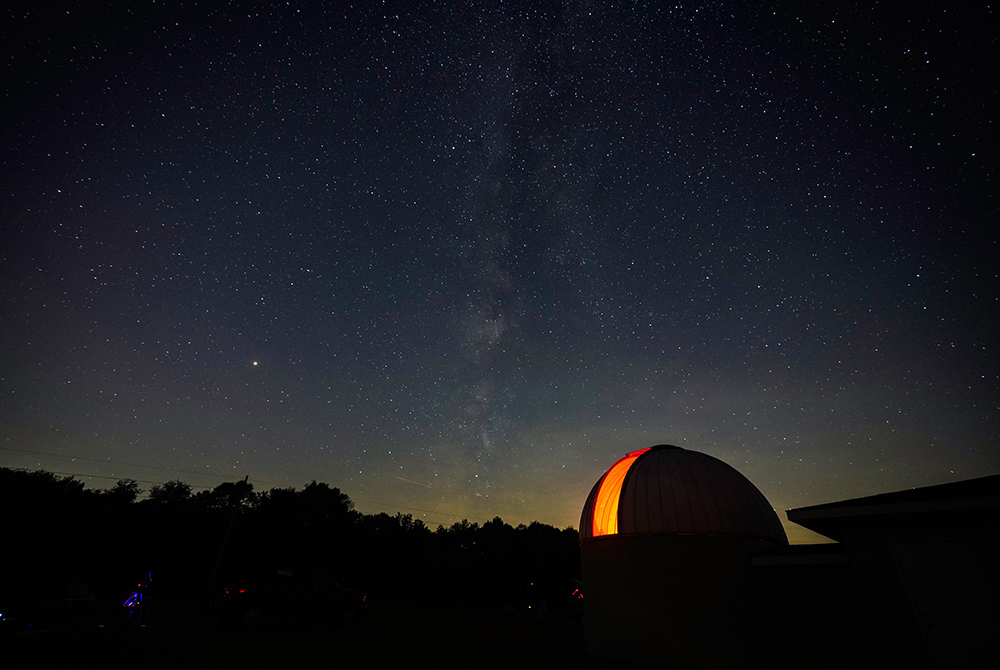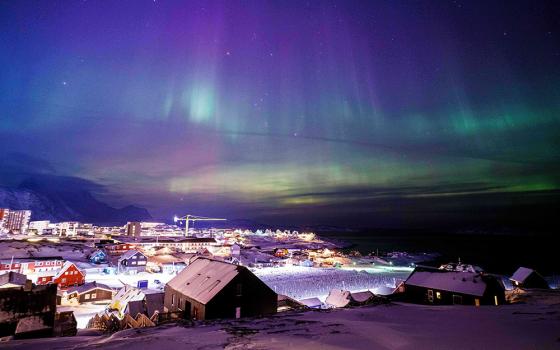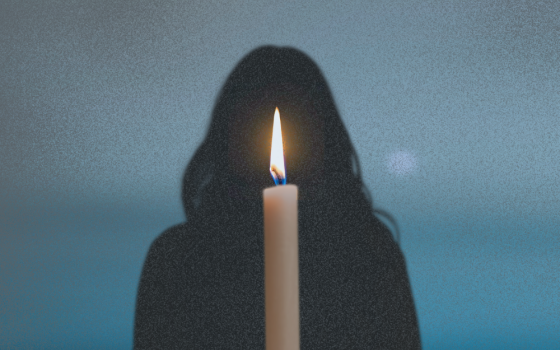
(Unsplash/Ryan Heuer)
The observatory in Cincinnati, Ohio, was the first public observatory in the western hemisphere. Originally a key facility for astronomical research dating back to 1843, today the Cincinnati Observatory remains part of the University of Cincinnati and is devoted to education. The facility actually has two observatory "domes" — one for the 11-inch refracting telescope — one of the oldest working telescopes in the world — and the other for the "newer" 1904 16-inch refracting telescope. The Cincinnati Observatory operates as a 19th-century observatory with all manually controlled levers and cranks to rotate the domes, to open the slit, and to position the telescopes via non-computerized latitude and longitude.
Taking part in an astronomy program on a cold but clear 18-degree evening was the first indication that I was a neophyte when it comes to observatories. What was I thinking? Of course the slit in the dome would be open so that the telescope could capture the sky, and of course that means that the air temperature around the telescope inside the domed room would be the same as outdoors — cold! No, make that, very cold.
It was a winter sky, and it featured the greatest eastern elongation of Mercury as the focus. Because the planet Mercury is so close to the sun, it's usually lost in the sun's glare except for elongation times, or when there's the greatest separation away from the sun. Mornings or evenings allow the best viewing.
There were about 20 of us taking part in the evening's program, and we inched our way around the circular wall as we each ascended the rolling staircase to take our individual turns looking through the telescope. Persons in line around me were quite knowledgeable as they talked astronomy in general, and what a special viewing this would be in particular.
A steady stream of "oohs" and "wows" arose from each person as we took our turns at the eyepiece and our human eyes eventually focused on what the observatory staff intended for us to see about Mercury. To me, it looked like our moon — gray with a lot of craters — but I quickly decided that I'm a real Neanderthal when it comes to astronomy. "Is that what it's supposed to look like — our moon?" I asked. "Yes, sort of," replied the tech. "Mercury is very moon-like. But there's more to it." By then my fingers were frozen stiff so I declined to find that out.
Humans have had a fascination with the sky, the stars, and the planets since the heavens and earth were created and we looked up. The glow of the moon, the warmth of the sun, the glistening of the stars spawned our curiosity: What are those heavenly bodies? Sailors figured out how to navigate by the stars. Science fiction became a genre of thought and writing focused on the question: Is there life out there beyond the Earth? The space program of the United States put a man on the moon in 1969, Neil Armstrong from Wapakoneta, Ohio; and he spent some later years of his life as an aerospace engineering professor at the University of Cincinnati.
In the "Laudes Creaturarum" or "The Canticle of the Creatures" we pray St. Francis' well-known words: "…Praised be you, my Lord, through Sister Moon and the stars, in heaven you formed them clear and precious and beautiful."
Francis didn't use a refracting telescope to look at the stars when he composed that prayer. He didn't even use his own eyes, since by 1225 when he composed the prayer he was half blind from eye ailments. No, he composed that beautiful canticle simply from the eyes of his memory and from his deep belief in creation's unity with God.
According to Isaac Marion: "You should always be taking pictures, if not with a camera then with your mind. Memories you capture on purpose are always more vivid than the ones you pick up by accident." I believe St. Francis practiced this even though the actual camera wasn't invented until the early 1800s. He took pictures with his mind and had vivid memories that he enjoyed over the years.
And so 795 years later, I joined St. Francis in thinking about the beauty of the night sky in its changelessness and with its "clear and precious and beautiful" stars. Francis saw those same heavenly bodies that I looked at. And then he did something about it — he composed an enduring prayer. I made myself stop shivering from the cold long enough to pray his enduring prayer.
[Nancy Linenkugel is a Sylvania Franciscan sister and chair of the department of Health Services Administration at Xavier University in Cincinnati, Ohio.]
Advertisement






